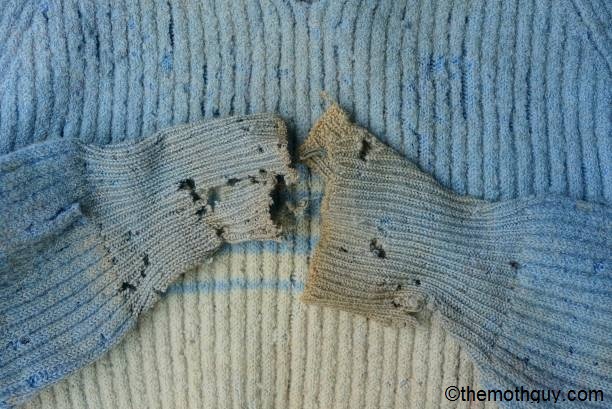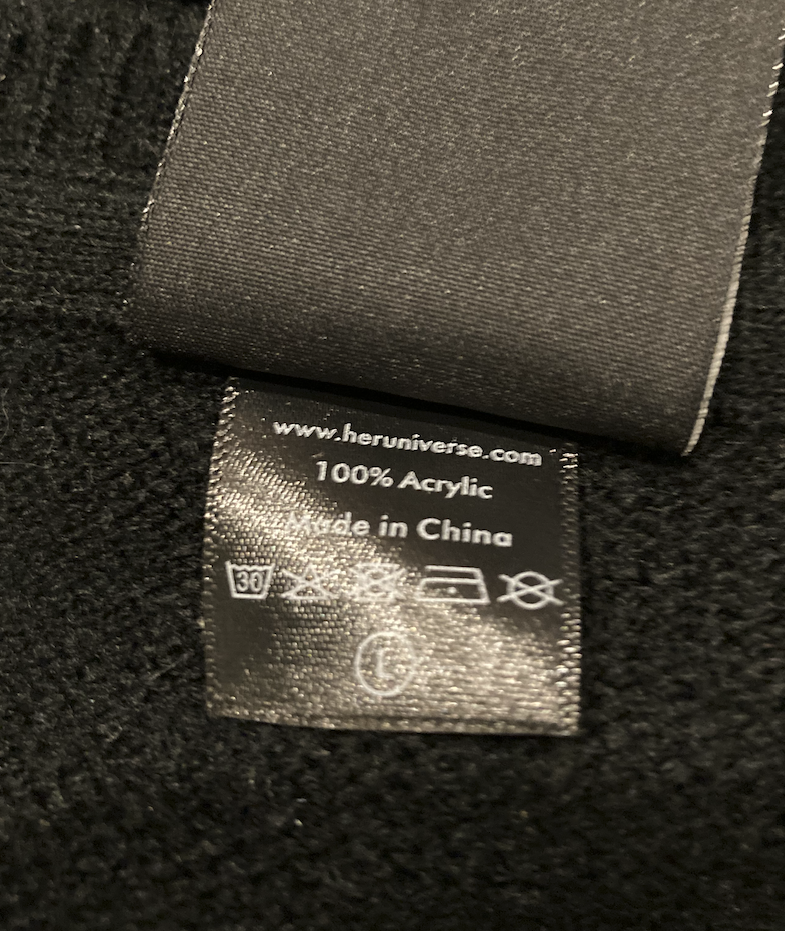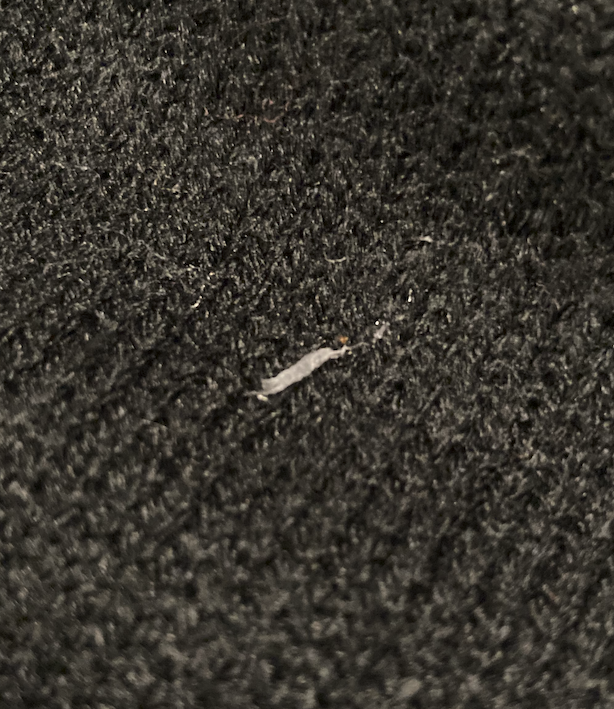Why Do Moths Eat Clothes?
Proteins are the building blocks of life. For an insect to survive, it must eat a diet containing protein. Humans get their protein from a variety of sources, including meat, fish, eggs, milk, seeds, nuts, fruits, and vegetables. What about moths?
Moths eat a very simple diet. So simple, in fact, that it consists of only one type of protein—keratin.
Keratin is the key structural protein making up hair, nails, feathers, horns, claws, hooves, and fur among vertebrates.
The reason clothes moths are so resilient rests on the simplicity of their diet. Anywhere keratin byproducts can be found, clothes moths can survive. Clothes moths are unique because few species in the animal kingdom are able to digest keratin.
Moths can cause significant damage to keratin-containing fabrics made of natural fibers, like silk and wool. The name “clothes moth” is a misnomer, because these insects also eat carpet, tablecloths, and handmade rugs.




